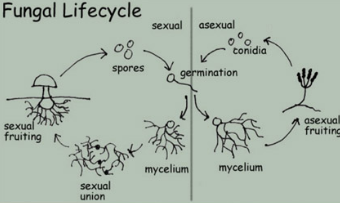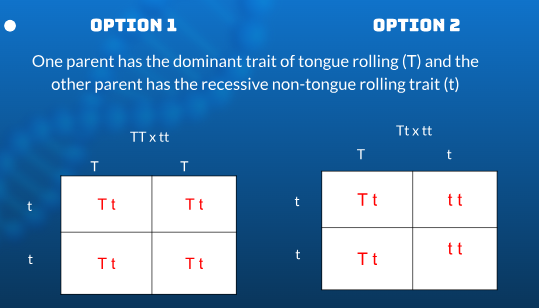Science 9: Biological Diversity BD1, BD2 & BD3
BD1: How do variations within and among species help a species interact and survive?
BD1.1: What is biological diversity and how is diversity displayed in species?
Biological diversity: The number and variety of organisms is called biological diversity.
3 levels of biological diversity:
Genetic: Within the DNA (variety of traits)
Species: Variety and number of living things
Ecological: Geographical differences (forests, oceans, rainforests)
Hotspot: An area packed with biodiversity where most organisms that live in the area cannot survive anywhere else. Example: Madagascar
Species: A group of organisms with similar characteristics that are capable of interbreeding. The offspring have to be fertile offspring. Tigons/Ligers (Tiger+Lion) are not a species.
How we classify living things:
Scientific name: Genus+Species. Example: Tiger = Panthera (Genus) Tigris (Species)

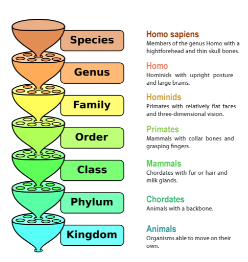
Variation: Any differences between living organisms caused either by genetic differences or environmental factors.
Intraspecies: Variations between members of the same species
Interspecies: Variations among different species.
Natural Selection: The process by which favourable traits become more common in successive generations of a population, and unfavourable heritable traits become less common. Example: There is one tall giraffe and one short giraffe. The giraffe with the longer neck becomes more common and passes down the more favourable traits.
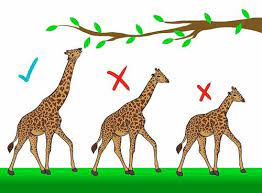
Introduced by Charles Darwin
An English naturalist
He traveled on a ship called the Beagle for 5 years and made observations about plant and animal species in 1831
Four statements in Natural Selection:
1. All organisms produce more offspring than can possibly survive.
2. There is incredible variation within each species.
3. Some of these variations increase the chances of an organism surviving to reproduce.
4. Over time, variations that are passed on lead to changes in the genetic characteristics of a species.
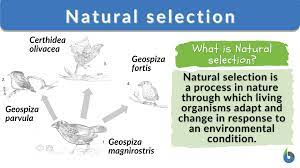
BD1.2: How do adaptations and behaviour help an organism develop their niche?
Niche: The role a species has in its environment, how it meets its needs, where it lives, and all interactions.
Generalist Species: Broad niche, eat a variety of foods, lives in many ares, tolerates changing conditions, interspecies competition (different species), larger populations Example: Raccoon
Specialist Species: Narrow niche, few food sources, live in small areas, do not tolerate changing conditions, intraspecies competition (some species), small populations Example: Panda
Resource Partitioning: A part of natural selection where competitors have to share/use resources differently.
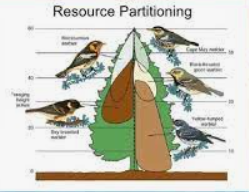
Competition: Species competing for the same resources (food, space, water, sunlight, mates, etc.)
Adaptions: Variations for survival include:
Behavioural Adaptations: Something an animal does to survive in its environment. Example: Birds migrating
Structural Adaptations: A specific body part of an animal that helps an animal survive in its environment. Example: Duck webbed feet
BD1.3: What are some specific examples of interactions between organisms?
Interactions between organisms:
Symbiosis: A close, long term relationship between species, based on dependency between organisms.
Parasitism: Involves one organism, a parasite, living off energy supplied by another organism, a host. Some parasites only attach themselves to feed while others are permanently attached. Some live attached to the outside of the host while others live inside of the host. The parasite benefits and the host is harmed.
Mutualism: Two organisms working together in a way where both benefit from the relationship.
Commensalism: A relationship between two organisms where one organism benefits and the other organism is unaffected. Example: A tree providing a mesting spot for a robin. The robin benefits from the tree while the tree is unaffected.
BD2: How do diverse living things pass on their characteristics to future generations?
BD2.1: What is asexual reproduction?
The three ways that organisms reproduce are: Asexually, Sexually, and both.
Asexual Reproduction
Only 1 parent is involved
Offspring is genetically identical to the parent (clone)
Common among bacteria and fungi
Advantages: No partner needed, rapid, uses less energy, usually more offspring
Disadvantages: Decreases variation, identical individuals more vulnerable to disease
4 Types of Asexual Reproduction is:
Binary Fission
Single Cell Organism duplicates contents and divides
Identical daughter cells are the result
Ex. Amoeba (Bacteria)
Asexual Spores
Spores are single celled reproductive structures
Large quantities can be produced
Grow into identical organisms
Ex. Fungi and Algae
Budding
An organism produces a new group of cells called a bud
When the bud is completely developed, it detaches
An identical, independent organism is the result
Ex. Hydra, sea sponges, yeast
Vegetative Reproduction
Asexual reproduction in plants
Plants grow throughout their lives
Meristems are rapidly reproducing cells at the tips of roots and stems
Meristems are unspecialized cells
Used to repair damage to roots, stems, or leaves
Can be used to make clones or parents (taking a cutting)
Some plants produce runners (spider plants, strawberries)
Tubers (potatoes)
BD2.2: What is sexual reproduction?
Sexual reproduction has two parents involved, and the offspring is a genetically unique individual.
Sexual Reproduction
Advantages: Contributes to biological diversity, beneficial traits are passed on, healthier population (less vulnerable to disease)
Disadvantages: Must find a mate, takes more time, requires lots of energy, special conditions required for embryo to grow
3 Different Sexually Reproducing Groups are:
Zygospores
Fungi that can produce spores with information from two parents
Plants
Angiosperms and gymnosperms reproduce by forming seeds
Angiosperms are flowering plants
Gymnosperms are coniferous plants
Female gamete (egg) and male gamete (sperm) combine (fertilization) in the ovary
A new cell called a zygote is formed
After many cell divisions an embryo develops
The embryo is protected and develops inside a seed
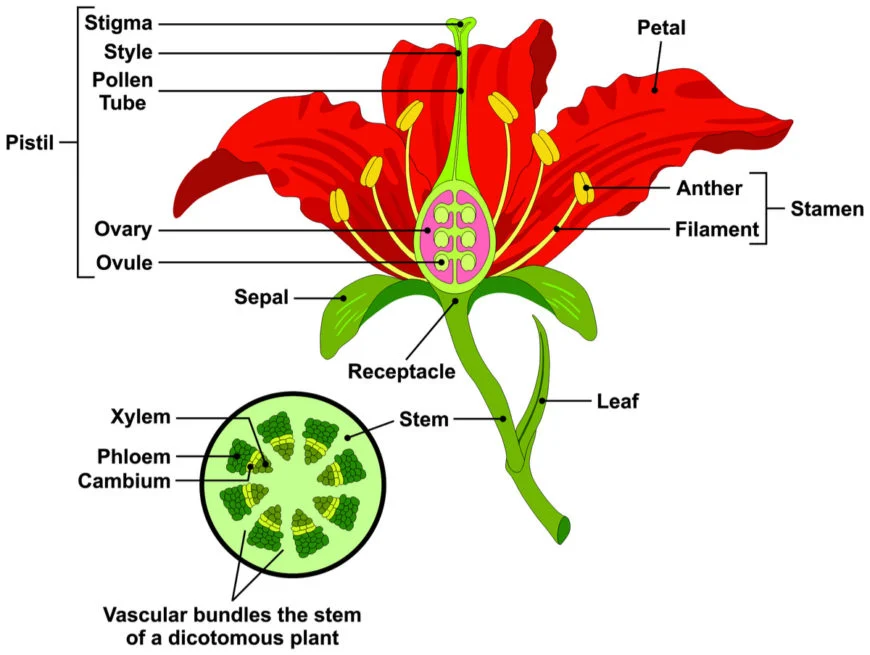
Animals
Femela gamete (egg) and male gamete (sperm) combine (fertilization)
A liquid environment is needed
Fertilization can occur inside or outside of the female
Internal fertilization (no laying eggs) has better success (no predators)
A new cell called a zygote is formed
After many cell divisions, an embryo is formed
The embryo develops into a fetus
Some organisms reproduce sexually and asexually.
Plants
Use seeds or zygospores (sexual)
Use spores or plantlets (asexual)
Ex. Spider Plants or Cacti
Fungi
BD2.3: What are the differences between heritable/non-heritable traits and discrete/continuous traits?
Heritable Characteristics
Passed from parent to offspring
Ex. Hair Colour, Skin Colour, Freckles, Face shape
Non-Heritable Characteristics (Acquired)
Not passed from parent to offspring
Result from the environment or experiences
Ex. Tattoos, Scars, Piercings
Nature vs. Nurture
Nature: Our genetics determine our behaviour. Our personality traits and abilities that we are born with are in our “Nature.”
Nurture: Our environment, upbringing, and life experiences determine our behabiour. We are “Nurtured” to behave in certain ways.
Discrete vs. Continuous Variations
Discrete: There are a small number of variations (2-4). You cannot go in between categories.
Ex. Ability to roll tongue, blood types, chromosomal sex
Continuous Variation: There are many variations.
Ex. Eye colour, Height, Hair colour
BD2.4: What is DNA?
DNA (Deoxyribonucleic acid): Molecular blueprint for living things
Watson and Crick discovered the molecular structure of DNA in 1953.
Function of DNA
Controls all the structures and functions of the cell
Responsible for the variations between and among species
Passed from parent to offspring
Reproduces itself
Structure of DNA
Located in the nucleus of a cell
Shape of a coiled ladder (known as a double helix)
Sides of the helix are made of alternating sugars and phosphates
The rungs of the ladder are made up of Nitrogen (N) bases, amino acids
There are 4 N bases: Adenine (A), Thymine (T), Cytosins (C), Guanine (G)
Creates a Genetic Code

Nitrogen Bases
The sequences of these bases forms a code
The DNA code controls the production of proteins in cells
Proteins control how a cell is formed and its function
Nucleotide
A segment of DNA containing one phosphate, one sugar, and a nitrogen base
There are 4 kinds of nucleotides, each with a different nitrogen base
Base Pairs
A matching pair of nitrogen bases
Cytosine and Guanine
Adenine and Thymine
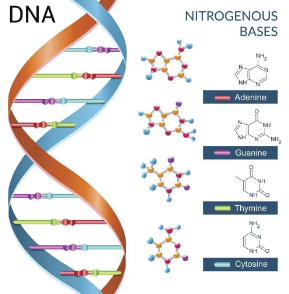
DNA creates RNA which creates Proteins
Amino Acids live in Cytoplasm with Ribosomes that create RNA
Genes
A section of DNA that codes for a specific hereditary function or characteristic.
Determine how a cell is formed and how it functions
Alleles are the possible forms that a gene may take on
Chromosomes
Tightly packed strands of DNA
Every human cells contains 23 pairs of chromosomes or 46 chromosomes in total
One copy of each chromosome comes from each parent
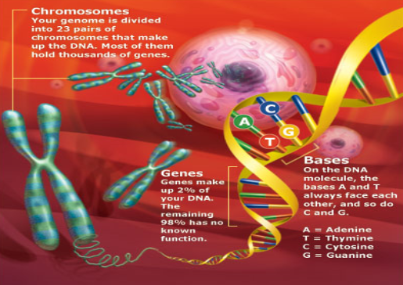
Sexism in Science?
Rosalind Franklin was an expert in X-ray crystallography. She found vital evidence that Watson and Crick used, but was not credited with finding the structure of DNA
BD2.5: Explain the roles of mitosis and meiosis in DNA replication.
Normal Cell Division (Mitosis)
Somatic cells must be replaced for growth, repair, and development
Before a cell divides, a copy of each chromosome is made
After the cell divides, each new cells has a complete set of chromosomes
The two new cells are genetically identical
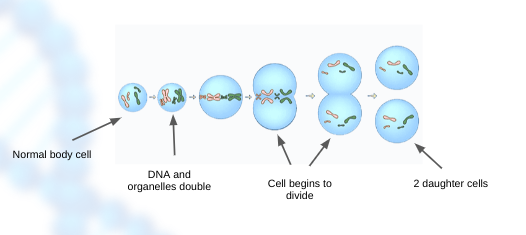
Sex Cell Division (Meiosis)
Meiosis is the process of forming new gamates (sex cells)
Gamates (sperm and eggs) have only 23 chromosomes
When combined, the zygote has 23 pairs of 46 chromosomes
Like mitosis, chromosomes are duplicated and the cell divides
During a second cell division, the chromosomes are seperated
The process of randomly dividing 23 pairs of chromosomes results in 8.4 million different combinations
Sexual reproduction increases variation within a species
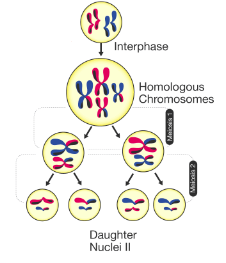
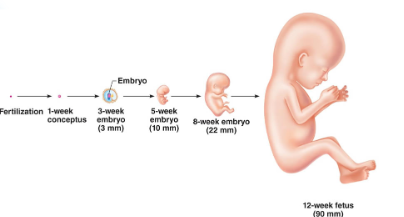
BD2.6: Explain inheritance using punnet squares to examine dominant and recessive traits.
Every person is made of a combination of DNA that comes from their parents. Half from mom and half from dad.
Heritable Traits: A child receives at least one allele (gene variation) from each parent indicating what form of the trait the child will have
Dominant Allele
The trait will always show up in the phenotype, even if only one copy is present
Dominant traits are NOT always more frequent (polydactyly)
Ex. Tongue rolling, dark hair, curly hair, dimples, freckles, far sightedness
Is represented by a capital letter
Recessive Allele
The recessive trait will only show up in the phenotype if there are two copies (one from each parent)
Ex. Light hair (red hair), straight hair, light eyes, colour blindness, near sightedness
Example of possibilities for Genotypes/Phenotypes for tongue rolling gene:
TT: Two copies of the dominant version of the allele. You are able to roll your tongue.
tt: Two copies of the recessive version of the allele. You can’t roll your tongue.
Tt: One dominant copy and one recessive copy. You can roll your tongue because the dominant characteristic shows up when one dominant allele is present.
Punnett Squares:
Option 1 is a Dominant Homogenous trait mixed with a Recessive Homogenous trait, which would create a 100% chance of a Heterogenous offspring (all able to roll tongue)
Option 2 is a Heterogenous trait mixed with a Recessive Homogenous trait, which would create a 50% chance of a Heterogenous offspring, and 50% chance of a Recessive Homogenous offspring (half able to roll tongue and half unable to roll tongue)
Genotype: The genetic code for an individual’s traits
Phenotype: The physical representation of the genotype
Heterogenous/Hybrid is when there are two different versions of the alleles, one dominant and one recessive
Homogenous/Purebred is when there are two of the same version of the alleles, either both dominant or both recessive
Co-Domininance: Both parental traits are present in the phenotype. Two versions of the same gene are expressed seperately to create a different trait.
Ex. A white cow and a red cow breed to create a White and Red cow.
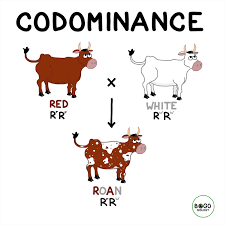
Incomplete Dominance: An intermediate between the two parental traits
Often displayed as a third colour in flowers
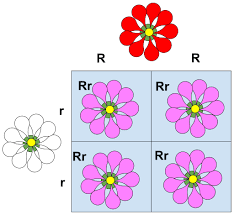
Chromosomal variations:
Trisomy 21 or Down Syndrome is when an extra chromosome is found
Kleinfelter Syndrome (XXY) is when the genetic material in the egg splits unevenly
Klinefelter Syndrome (XXY) is when the genetic material in the egg splits unevenly for a female
Mutation: A change or variation of the structure of a gene (Ex. Heterochromia, Progeria, etc.)
BD3: What impact does human activity have on biodiversity?
BD3.1: What are some technologies that influence the DNA of organisms?
Genetic engineering: Altering the genes of a living organism to produce a genetically modified organism (GMO) with a new genotype.
Gene therapy: An experimental techinique that uses genes to treat or prevent disease. In the future, this technique may allow doctors to treat a disorder by inserting a gene into a patient’s cells instead of using drugs or surgery.
Artificial Selection: Selecting special traits to be bred into future generations
BD3.2: What are some human interventions that are helping decrease extinctions on the planet?
Minimizing loss in animal populations:
CITES (Convention on International Trade in Endangered Species)
National Parks
Zoos
Seed banks
Vocabulary Terms
BD1:
Biologicial diversity
Species
Variation
Natural selection
Structural Adaptation
Behavioural Adaptation
Niche
Specialist (narrow niche)
Generalist (broad niche)
Dependency
Competition
Symbiosis
Commensalism
Mutualism
Parasitism
BD2:
BD 2.1 & 2.2
Asexual reproduction
Sexual reproduction
Clone
Binary fission
Budding
Spores
Vegetation Reproduction
Gametes
Zygote
Ovule/egg
Sperm cells
Fertilization
Embryo
Pollination
BD 2.3 & 2.4
Heritable Characteristic
Non-heritable characteristic
Discrete variation
Continuous variation
DNA
Genetic code
Nucleotide
Base pairs (adenine, thymine, guanine, cytosine)
Chromosomes
Gene
Allele
Mitosis
Meiosis
Somatic Cells
Trait
Dominant trait
Recessive trait
Genotype
Phenotype
Purebred (Homozygous)
Hybrid (Heterozygous)
Co-dominance
Incomplete dominance
Chromosomal variation
Punnett Square
